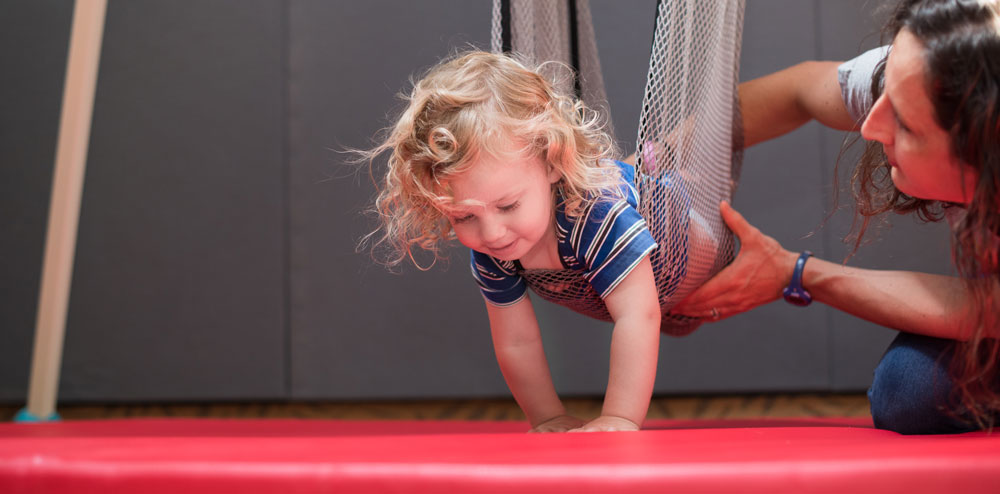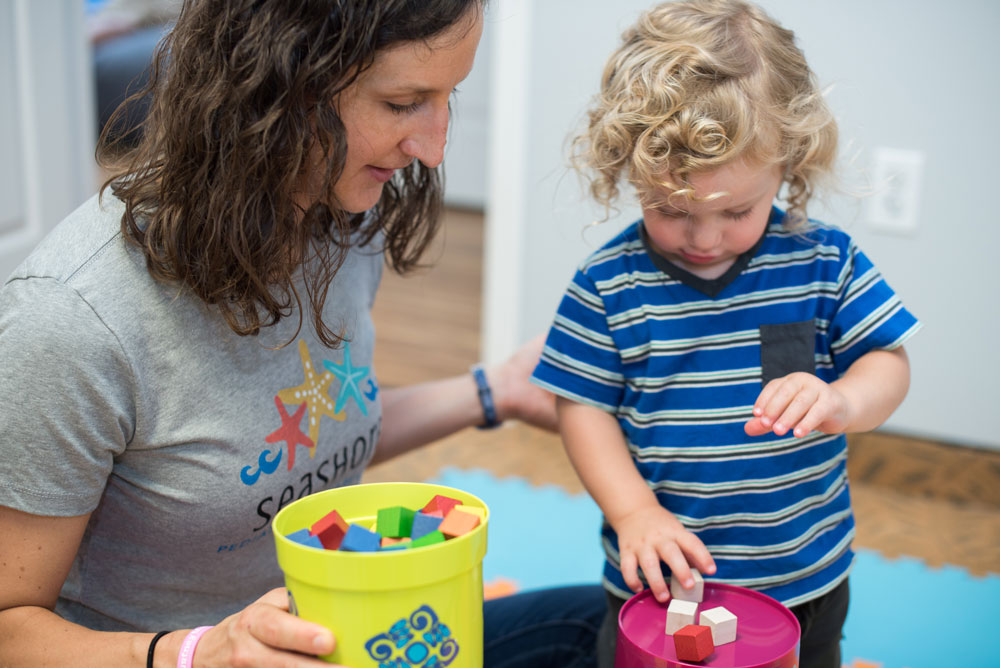

Many women do not have a supportive partner who is able to stay at the hospital overnight. 5 The third interrelated step for safeguarding newborns from both falls and accidental suffocation is to enhance the support infrastructure around new mothers.

4 Similarly, our own mother–infant unit received a Safe Sleep recognition from our state agency as a part of our approach to fall prevention. On a national level, the National Action Partnership to Promote Safe Sleep is currently developing in-hospital postpartum sleep safety bundles, including the advancement of a conversation-based approach to risk reduction. The second step in risk reduction is to communicate and model safer sleep practices, as highlighted by the creators of the State of Connecticut’s required sleep positioning and environmental training for birth hospitals in that state. Researchers conducting prospective studies with providers and families might include the integration of video observation and interviews to gain a deeper insight into the constraints that contribute to and the rationale of underlying risk behaviors. Additionally, a better understanding of the factors contributing to unsafe infant handling practices can also inform anticipatory guidance. The first step is to measure outcomes, as these authors did, with both anonymous and open reporting systems. With these findings, we identify several areas of potential focus for hospitals to prevent newborn falls ( Table 1). Overall, their fall rate decreased slightly but not significantly over this time period, with the lowest fall rate occurring in the year during which they were preparing for BFUSA designation.
#SEASHORE PEDIATRICS SERIES#
The study review period started in 2005 after a series of sentinel events that brought about awareness of the problem and continued to include the period of time during which the hospital administration pursued and received Baby-Friendly USA (BFUSA) designation in 2016 and beyond. Importantly, the authors of the study also highlight a disparity in which mothers without a support person present were more likely to have infants who fell. Fall rates among breastfeeding infants were equal to the hospital’s reported breastfeeding rate, suggesting that the realization of safer sleep practices is the most important modifiable variable when aiming to decrease falls. The most striking findings include the association of falls with an infant’s location in a maternal hospital bed or on a couch, occurrence during overnight hours, and lack of a support person in the hospital with the mother–infant dyad when the falls occurred. We as clinicians and hospital administrators want to implement every step feasible to reduce the risk of patient harm.Ĭharacteristics of the newborns who fell are elucidated along with the work of a multidisciplinary task force to prevent newborn falls. Although the rate of infant falls during postpartum hospitalization is comparatively small, anyone who has experienced a newborn fall is well aware of the distress and potential harm that are caused when this does occur.

3 In the study reported in this issue, the authors found a fall rate of 4.6 falls per 10 000 live births, or ∼2 falls per 10 000 patient days. Falls among hospitalized adults are ∼10- to 20-fold more common than falls among newborns, with the former having an occurrence rate of 3.56 falls per 1000 patient days, according to the authors of a recent study. 2 Birth is the most common reason for hospitalization in the United States, and although newborn falls are uncommon, it is a serious adverse event for patients, parents, and hospital staff when they do occur. This study is important because it reveals a problem that has recently garnered attention from The Joint Commission as being one that is not sufficiently understood. In their article, “Newborn Falls in a Large Tertiary Academic Center Over 13 Years,” Loyal et al 1 report a retrospective review of newborn falls at a hospital birthing facility over a period of >10 years.


 0 kommentar(er)
0 kommentar(er)
